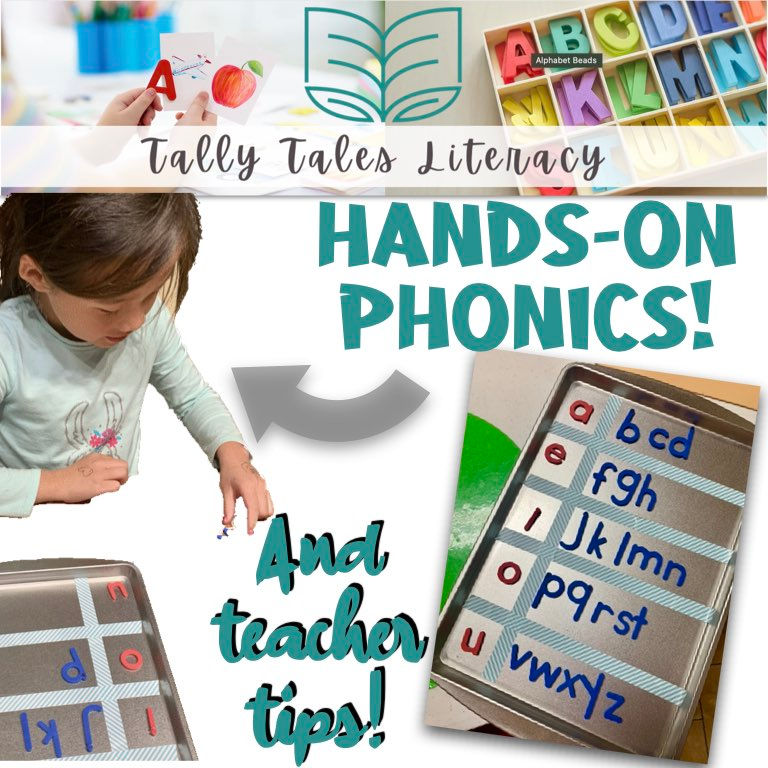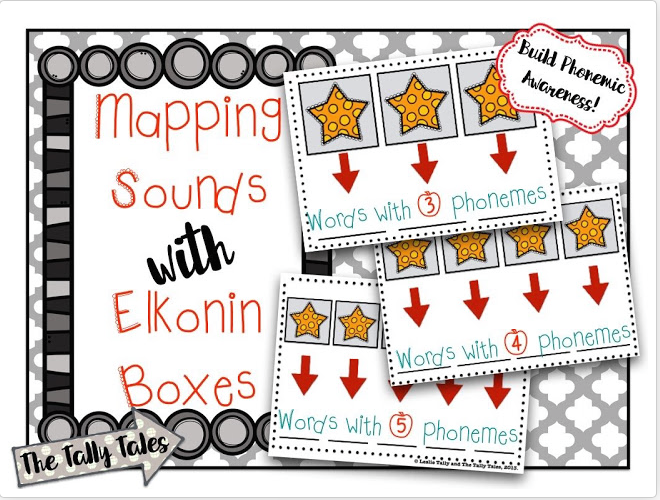Using Small-Group Techniques in Whole-Group Phonics Instruction
- Leslie

- Jan 26, 2020
- 3 min read
Updated: Jan 26, 2020

One of my goals for this site is to highlight very specific strategies and resources for multi-sensory phonics instruction. This is a particular obsession topic of professional interest for me. As you may, or may not know, I spent the five years exclusively providing multi-sensory phonics instruction to students with dyslexic tendencies. Since then, I have carried my passion for this type of instruction back into a traditional classroom setting.
For many teachers I talk with, there's a huge challenge in balancing phonics instruction between whole-group and small-group settings. Typically, it seems that most phonics activities are more suitable for small-group sessions. But how can you make whole-group phonics instruction effective as well? That's what I want to share in today's post.
I love using elkonin boxes in my classroom. They are ideal for supporting explicit phonics instruction, which I shared in my previous posts for both small-group instruction of one-syllable words as well as multisyllabic words. However, I regularly use elkonin boxes during my whole-group instruction as was well!
I use a projected image to model the steps for my students, while each student has his/her own set of elkonin box pages inside folders, along with foam squares for mapping sounds and dry erase markers.
The folders are really simple, but they work perfectly for us!

As you can see in the picture below, each student works in his/her own space...

... as I complete each step on the board in front of the class. We spell each sound together and then follow up by reading the word, sound by sound, aloud again.

You can see samples of my students' work below. As you can see, some of my students wrote in cursive, while others did not. While we have completed instruction with all strokes and letters, I do not "require" them to use cursive in these activities. I want them to be comfortable with their letter formation during this activity, so that the focus will be on the letter-sound correspondence, not letter formation.

I also implement phoneme manipulation tactics throughout this exercise as well. For example, I might instruct my students to change different parts of the word to make new words. It would sound something like this:
Teacher: Change the beginning sound in sound to /p/. Read your new word.
Students: Pound.
Teacher: Now change the beginning sound in pound to /m/. Read your new word.
Students: Mound.
Teacher: Change the last sound in mound to /t/. Read your new word.
Students: Mount.
Teacher: Now change the beginning sound in mount to /c/. Read your new word.
Studnets: Count.
Then we start fresh with a completely new word! The entire time, students are consistently applying phonics skills to read and spell words independently. It's a very engaging process and highly effective for helping students retain those phonics skills!
Again, you can see my example followed by one student's work with the same word below.


The example below features a two-syllable word, outside. Not all two-syllable words will fit within the frames on one page, but this particular word is a great one to use. With this demonstration, you can see how we focused on sounding out and spelling the first syllable before moving on to the second syllable. I love using this technique with at least one word during each session because it provides such a tactile and visual distinction between the two syllables. I think this is highly effective in helping students understand how to attend to multisyllabic words one syllable at a time.


And now student samples...


Again, this is a whole group exercise, and we use it at least once each week (twice, if there are no interruptions to our "normal" schedule for the week) to practice applying our current phonics skill. While that may sound repetitive, my students love this! My phonics instruction is maximized within a very short time frame because they are so involved in multiple sensory experiences at once. Furthermore, they are so very busy throughout all parts of this exercise that I have no issues with student engagement. It's a win-win for everyone!

I hope this post has been helpful for you! Please feel free to contact me if you would like to know more! Also, if you do not have access to your own set of boxes to use with your students, you can access my version (which I used in this lesson) in The Tally Tales TPT Store. Not only does this product include work mats for words with three, four, and five phonemes (sounds), but it also includes an instructional guide, sample word lists, and picture cards. All materials are ready-to-use; simply print what you need and go! You can access them here.




Comments